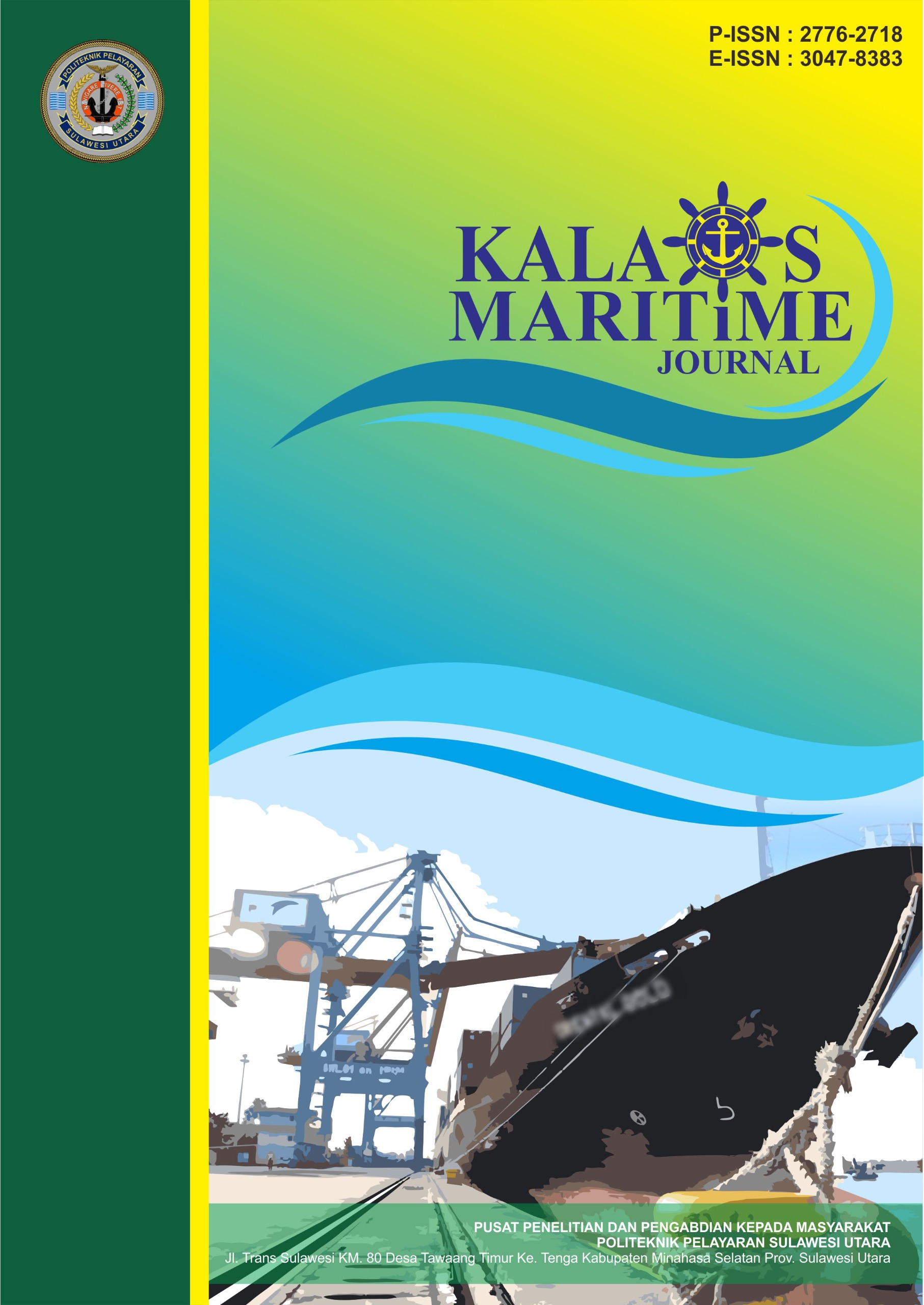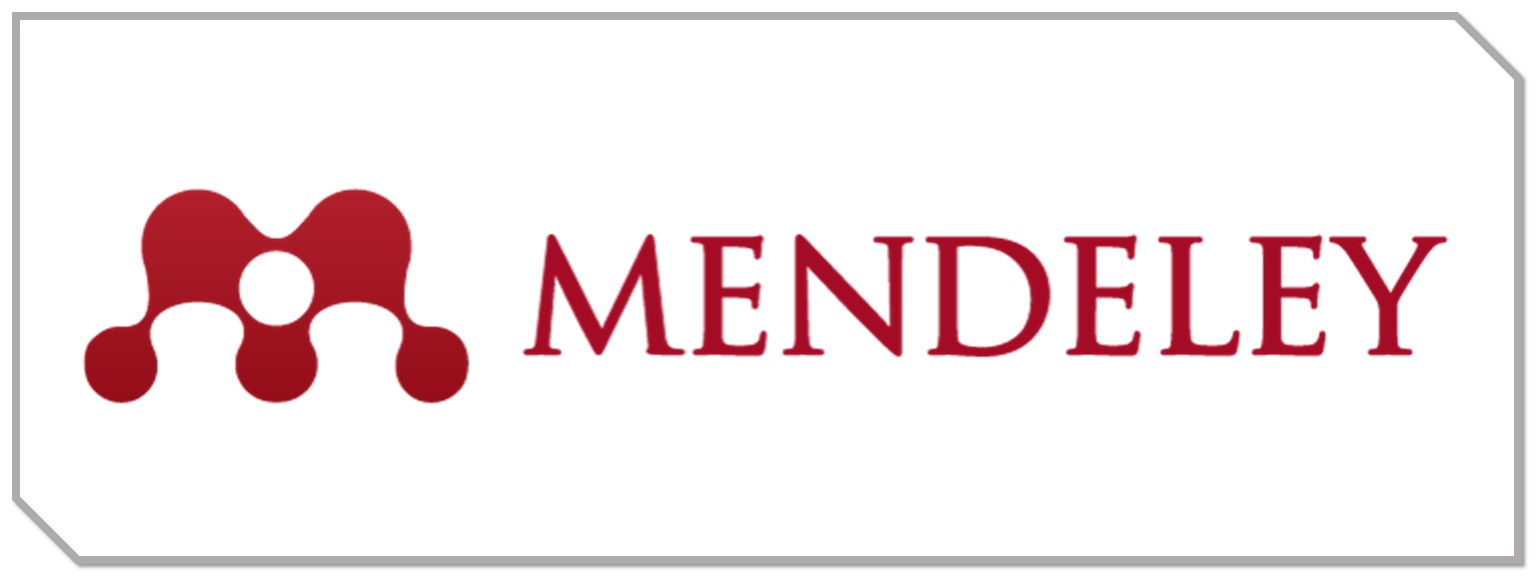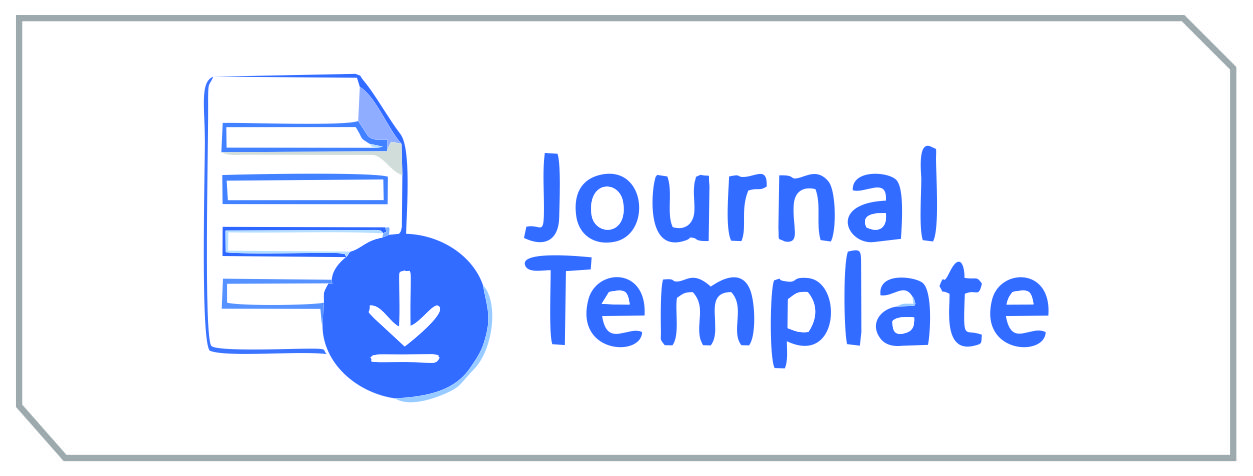Optimalisasi Perpanjangan Masa Berlaku Safe Manning di PT. Wasesa Line
DOI:
https://doi.org/10.69754/kalaos.v6i1.132Keywords:
Crew Ship, International Maritime Organization, Optimalitation, Safe Manning, SafetyAbstract
Indonesia, as the largest archipelagic country in the world, has inter-island waters that are part of the sovereign territory of the Republic of Indonesia, in accordance with the provisions of Law Number 17 of 2008 concerning Shipping. This law covers various regulations related to maritime activity standards, including safe manning. Safe manning is the determination of the minimum number of vessels on duty required to ensure the safe and effective operation of a vessel. The purpose of implementing safe manning is to maintain the safety of the vessel, passengers, and cargo, and to prevent accidents or incidents at sea. This study aims to highlight the important role of optimizing safe manning in shipping safety. Optimizing the validity period of safe manning documents can help shipowners or charterers save costs, especially in managing ship documents. It also ensures that the required number of crew members complies with applicable standards and is well-trained to handle situations that occur during shipping. Furthermore, safe manning is not only related to the number of crew members, but must also comply with the training and certification standards stipulated in the STCW Convention issued by the International Maritime Organization (IMO). With the implementation of this system, it is hoped that all parties involved in shipping operations will be able to manage ship documents more efficiently while simultaneously improving shipping safety. This innovation will provide significant benefits for shipowners in maintaining the operational quality of their vessels. Optimizing safe manning can also reduce legal risks and enhance the shipping company's reputation in the eyes of regulators and clients. By consistently implementing this standard, companies can improve operational efficiency while remaining compliant with applicable international regulations.
Downloads
References
Arikunto, S. (2013). Prosedur penelitian: Suatu pendekatan praktik. Jakarta: Rineka Cipta.
International Maritime Organization. (2011). Principles of minimum safe manning (Resolution A.1047(27)).
International Maritime Organization. (2015). Guidelines on the application of the SOLAS chapter V regulation 14 and the ISPS Code (MSC.1/Circ.1598).
International Maritime Organization. (2020). International Convention for the Safety of Life at Sea (SOLAS), 1974: Consolidated edition 2020. Regulation 14, Chapter V.
Johnson, D. W., & Johnson, R. T. (2008). Social interdependence theory and cooperative learning: The teacher's role. Educational Psychology Review, 20(1), 49-58. https://doi.org/10.1007/s10648-007-9059-6
McCaffrey, M. (2017). Educational leadership and organizational culture. Journal of Educational Administration, 55(3), 261-273. https://doi.org/10.1108/JEA-10-2016-0101. https://doi.org/10.1108/JEA-02-2016-0018
Nazir, M. (1998). Makna penelitian deskriptif. Jurnal Penelitian dan Metodologi, 1, 34-42.
Republik Indonesia. (2005). Peraturan Pemerintah Republik Indonesia Nomor 19 Tahun 2005 Tentang Standar Nasional Pendidikan. Jakarta.
Republik Indonesia. (2008). Undang Undang Republik Indonesia Nomor 17 Tahun 2008 Tentang Pelayaran. Jakarta.
Republik Indonesia. (2009). Peraturan Pemerintah Republik Indonesia Nomor 61 Tahun 2009 Tentang Kepelabuhan. Jakarta.
Republik Indonesia. (2010). Peraturan Pemerintah Republik Indonesia Nomor 20 Tahun 2010 Tentang Angkutan di Perairan. Kementerian Perhubungan. Jakarta.
Republik Indonesia. (2013). Peraturan Kementerian Perhubungan No. 7 Tahun 2013 Tentang Sertifikat dan Buku Keselamatan Kapal. Jakarta.
Republik Indonesia. (2015). Peraturan Kementerian Perhubungan Nomor 80 Tahun 2015 Tentang Tata Cara Pemeriksaan Keselamatan Kapal. Jakarta.
Sugiyono. (2010). Metode penelitian kuantitatif, kualitatif, dan R&D. Bandung: Alfabeta.
Sukardi, S. (2003). Metode penelitian pendidikan: Pendekatan kuantitatif dan kualitatif. Jakarta: Bumi Aksara.
Whitney, D. (1960). The nature of descriptive research. New York: Holt, Rinehart and Winston.
Wilkins, D. (2020). Corporate governance in the shipping industry: A global perspective. London: Routledge.
Downloads
Published
How to Cite
Issue
Section
License
Copyright (c) 2025 Kalao’s Maritime Journal

This work is licensed under a Creative Commons Attribution-ShareAlike 4.0 International License.















